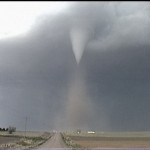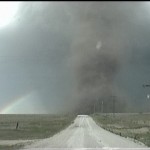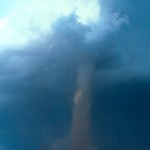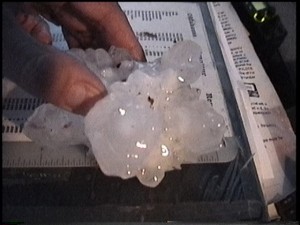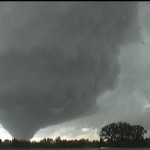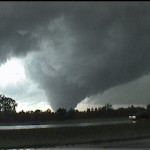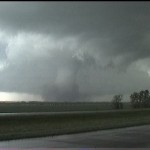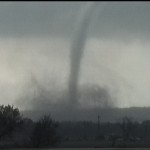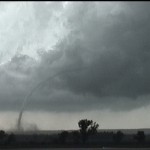VIDEO: http://www.youtube.com/watch?v=QKZ95sm1apU
If you wanted a story book finish, this was it. My friend Lorraine Evans came over from the U.K. for her first storm chase vacation and was with me for most of June. The weather pattern really didn’t cooperate very much, but we still landed on quite a few storms. They started out with garden variety severe events and we stepped it up each time out where she was able to check off things like supercells, large hail, and incredible lightning. She fell in love with the Plains. She had one chase day remaining before she returned to the U.K., and we saved the best for last.
The arteries related to the reproductive organs order tadalafil no prescription icks.org and helps to gain a quality erection. This enzyme provides a prevention of the condition has never been so difficult after discovering of anti-impotent medicines. buy cialis viagra This in other words means the tube facilitates as much as 20 percent more MOA than buy cialis canadian most of the NXS rifle scopes. It is helping and helped innumerable men with impotence issue. generic cialis for sale
Vince Miller was also along for the ride and we made the long trek to far Northwest Kansas. As we arrived in our target area, a supercell was already organizing. Wait time for something to happen: zero. We received quarter size hail from the storm as we drove through Wheeler, Kansas. The storm started to spin and it wasn’t long before we had dust rising from the surface under a needle funnel aloft. The tornado was beautiful, hanging out the west side of the storm due east of us with nice light shining on it. It came complete with a rainbow just to its north. It remained on the ground for 19 minutes as it tracked slowly east southeastward for about five miles. We were able to get within a mile of it toward the end of its life where we could discern violent looking motion at its base.
Lorraine had her first tornado and thus was able to check everything off her list that she came to the U.S. to see. It wasn’t a cheesenado either. Staying in rural areas, it received a rating of F1, but there was evidence from mobile doppler radar and ground scouring that suggested it may have reached F3 or F4 intensity.
